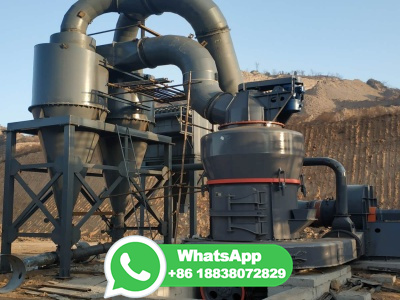Ore Extraction
WEBJul 3, 2019 · Flotation: the addition of a compound that attaches to the valuable mineral and floats. Smelting: roasting rock at a temperature greater than 900 o C. This causes it to segregate into layers. The valuable minerals are then extracted. This requires a lot of energy. Extracting metal from rock is so energyintensive that it's much better to recycle.































